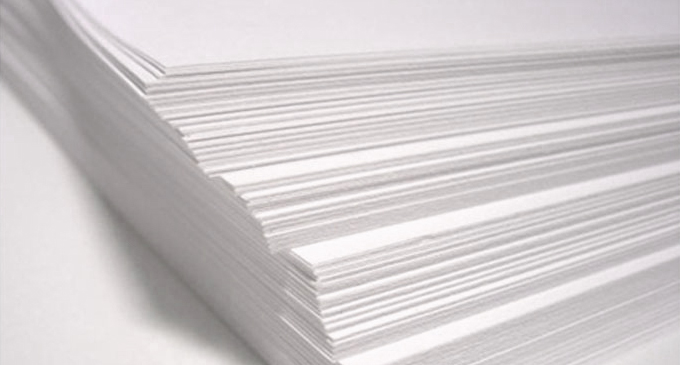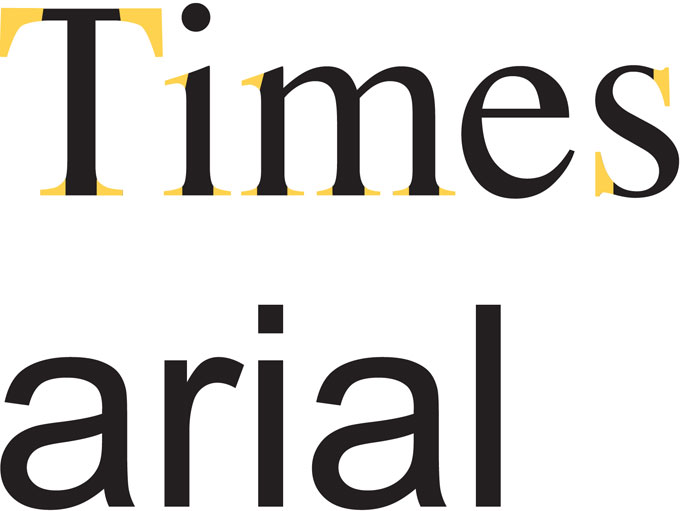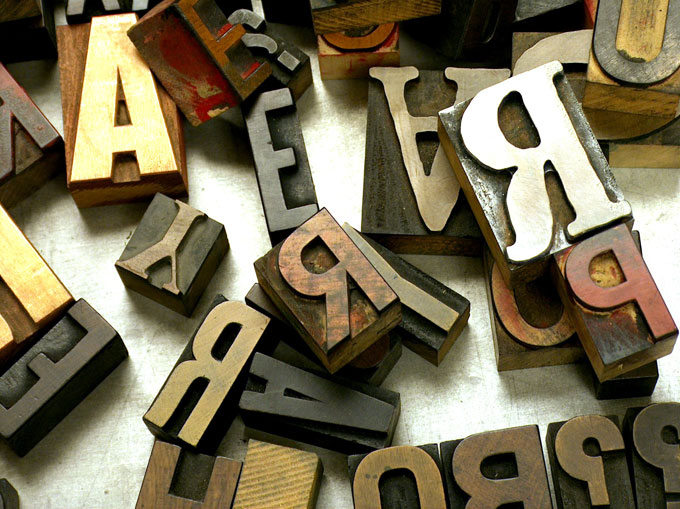For our very last post in this series of Design A - Z and for 2011, we have decided to combine the last three letters into one post all about the alphabet. After all, where would we be without the good old alphabet.
The alphabet is one of the first things that we learn about in life, from a very early age we are exposed to all sorts of toys and books with the familiar A B and C. The saying as easy as ABC is a funny contradiction when you consider the huge and complex history that has brought us to the 26 letters that we know today. This post is more of an appreciation piece rather than a detailed history of the alphabet, if you are on the hunt for more information about the origins and development of the modern alphabet then visit this link on I love typography.
The letters that we are all so familiar with and use every hour of every day have roots that stem as far back as language itself. Written communication in it’s earliest forms appeared as pictures known as pictography or ideography. These picture representations of daily life were drawn on cave walls and tablets. The spoken word was used to interpret these pictures.
These basic pictures were modified over time and characters were added in an attempt to communicate more accurately. Thousands of characters and symbols were used to communicate. This was not the most efficient way of creating a written language, as learning to read these pictures and characters was a complex task relying on memory. One form of such written communication was hieroglyphics. Learning hieroglyphics was very time consuming and required a lot of studying. This meant that written communication was mainly confined to the wealthy and scholars.
The idea behind an alphabet is that a simple symbol represents a sound. Writing is a way of recording these sounds using these symbols – a way to record words, thus simplifying written communication. This simplification made writing and reading the written word accessible and much easier for people to learn. The development of the alphabet is one of the most important of all time, it made knowledge and communication available for all.
The English alphabet that we use to write today was developed from the Roman alphabet. The word alphabet is a combination of the names of the first two letters of the Greek alphabet, alpha and beta. These Greek words were developed from the original Semitic names for the symbols: aleph (“ox”) and beth (“house”).
The early Roman alphabet had 20 letters:
A B C D E F H I K L M N O P Q R S T V X
It then expanded by borrowing letters from the Greek alphabet, namely G, Y and Z. Below the alphabet had 23 letters.
A B C D E F G H I K L M N O P Q R S T V X Y Z
The reason that our modern English alphabet is based on the Roman alphabet is due to Roman dominance in Europe.
The English Alphabet today as we all know it has 26 letters. However we also have two versions of these 26 letters. These are divided into uppercase and the later addition of lowercase letters.
A B C D E F G H I J K L M N O P Q R S T U V W X Y Z
a b c d e f g h i j k l m n o p q r s t u v w x y z
Lowercase letters were developed from cursive hand written versions of the uppercase letters. Although uppercase and lowercase letters look very different, when we are learning the alphabet, we learn that both a and A represent the same sound. We also learn to recognise the familiar characteristics that make an “a” in one font the same sound as an “a” set in another font.
So have a good look around you and notice just how important the alphabet and written communication is to us in our day to day lives. Where would we be without our AB and C’s?
We hope that you have enjoyed our Design A - Z posts this year, we would like to wish you all a merry Christmas and a peaceful and prosperous New Year!







 Wooden type - these letters can be used in letterpress printing
Wooden type - these letters can be used in letterpress printing